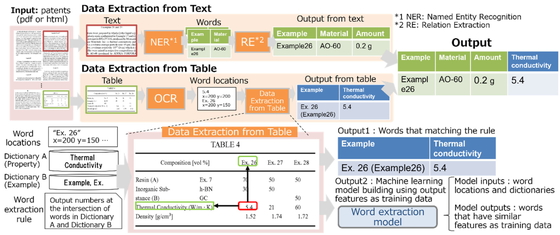Volume 22, Issue 2
Special Issue: Selected Papers from the Annual Spring Meeting 2023
Displaying 1-12 of 12 articles from this issue
- |<
- <
- 1
- >
- >|
Foreword
-
2023Volume 22Issue 2 Pages A17
Published: 2023
Released on J-STAGE: November 29, 2023
Download PDF (329K) Full view HTML
Letters (SCCJ Annual Meeting 2023 Spring Best Poster Award Article)
-
2023Volume 22Issue 2 Pages 9-11
Published: 2023
Released on J-STAGE: November 29, 2023
Download PDF (1160K) Full view HTML
Letters (SCCJ Annual Meeting 2023 Spring Poster Award Article)
-
2023Volume 22Issue 2 Pages 12-14
Published: 2023
Released on J-STAGE: December 09, 2023
Download PDF (1042K) Full view HTML
Letters
-
2023Volume 22Issue 2 Pages 15-17
Published: 2023
Released on J-STAGE: December 09, 2023
Download PDF (1499K) Full view HTML -
2023Volume 22Issue 2 Pages 18-20
Published: 2023
Released on J-STAGE: December 22, 2023
Download PDF (758K) Full view HTML -
2023Volume 22Issue 2 Pages 21-23
Published: 2023
Released on J-STAGE: December 22, 2023
Download PDF (1630K) Full view HTML -
2023Volume 22Issue 2 Pages 24-27
Published: 2023
Released on J-STAGE: January 13, 2024
Download PDF (1123K) Full view HTML -
2023Volume 22Issue 2 Pages 28-30
Published: 2023
Released on J-STAGE: January 13, 2024
Download PDF (1790K) Full view HTML -
2023Volume 22Issue 2 Pages 31-33
Published: 2023
Released on J-STAGE: January 24, 2024
Download PDF (1585K) Full view HTML -
2023Volume 22Issue 2 Pages 34-36
Published: 2023
Released on J-STAGE: February 17, 2024
Download PDF (581K) Full view HTML -
2023Volume 22Issue 2 Pages 37-40
Published: 2023
Released on J-STAGE: February 17, 2024
Download PDF (1185K) Full view HTML
Account
-
2023Volume 22Issue 2 Pages 41-49
Published: 2023
Released on J-STAGE: February 22, 2024
Download PDF (1458K) Full view HTML
- |<
- <
- 1
- >
- >|







